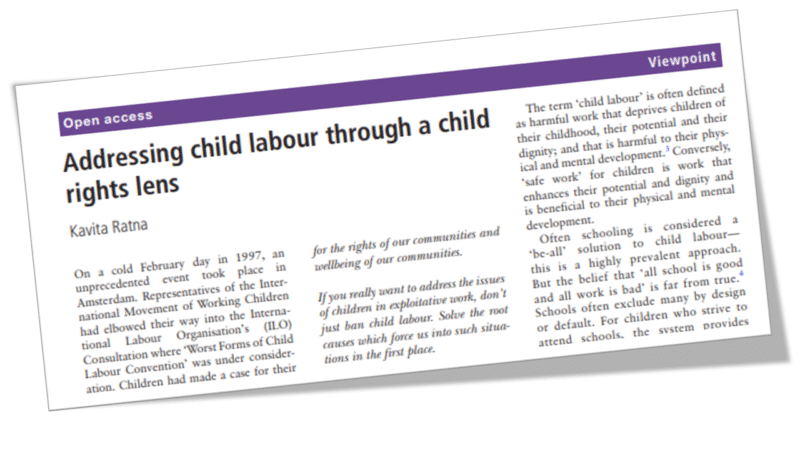Three papers by professor Diyanath Samarasinghe explore various aspect of alcohol in a development setting. Here he explores the complex connections between alcohol and poverty.
Poverty eradication is at the top of the development agenda. Millennium Development Goal No 1 reads: Eradicate extreme poverty and hunger. The World Bank has estimated that around 20 per cent of the world’s population lives on one dollar a day or less. Many well established poverty reduction strategies address the important root causes of poverty. Surprisingly few strategies, however, address one common denominator in the lives of many poor families: problems related to harmful use of alcohol and other drugs.
In this paper Diyanath Samarasinghe, professor at the Uiversity of Colombo, Sri Lanka, explores the complex of connections between alcohol and poverty. He tries to extract those with potential to generate novel and useful applications. Alcohol has diverse influences on people’s economic status while economic status in turn affects alcohol use in many ways.
The impact of alcohol on poverty is more than through just the money spent on it. And the converse influence, of poverty on alcohol, has far more to it than found in the inane explanation that heavy consumption is the result of the harshness of poor lives. Less recognised aspects of the interactions between alcohol and poverty will be examined in some detail here.
We need also to look at some common factors that have impact on both alcohol use and poverty (for example, prevailing political philosophy) and things synergistically influenced by alcohol and poverty (for example, health problems). The latter includes also education, quality of life, impaired wellbeing of families and society. This synergistic effect has implications for agencies interested in reducing poverty or promoting ‘development’.
Issues to address therefore include the following:
- Influence of poverty on alcohol use and problems
- Influence of alcohol use on poverty and poverty alleviation
- Impact of alcohol use and poverty on health, education and quality of life.
- What can be done to reduce harm and increase wellbeing in relation to each of these
In the foreword to the paper, FORUT Secretary General, Morten Lønstad points out that by this publication FORUT hopes to contribute towards a better understanding of how poverty and alcohol use are interlinked.
Says Lønstad:
«Professor Diyanath Samarasinghe of the University of Colombo, Sri Lanka, challenges us that poverty reduction cannot merely focus on how to increase income levels in poor families. It is also essential to consider how poor families spend their disposable income, however small it may be. Rather than a culture of saving, alcohol is a part of a culture of spending which drains poor families’ resources, contributing to downward spirals. Even small money can contribute to the development of families and communities, when used for purposes that can start and fuel upward spirals.
Is the ‘development community’, in the South and in the West, prepared to take up Professor Samarasinghe’s challenge? Not to replace existing poverty reduction strategies, but to make them more complete and effective.»






